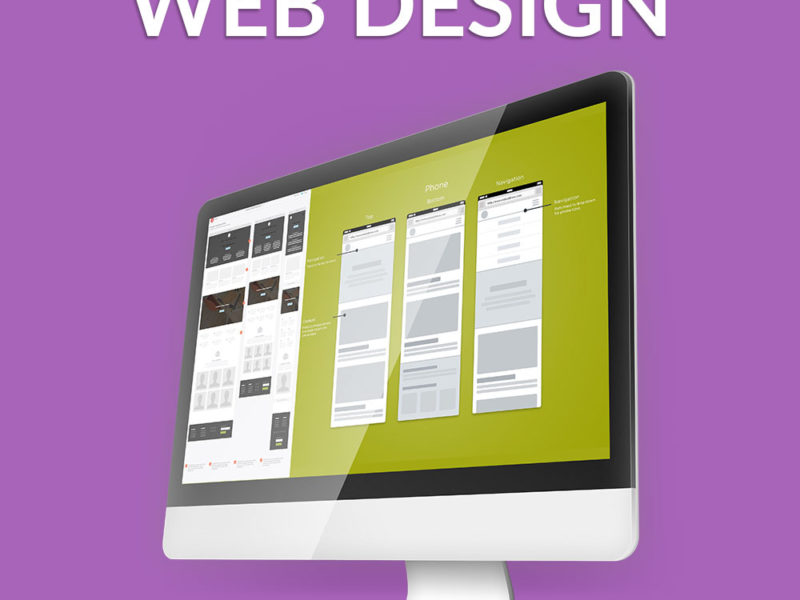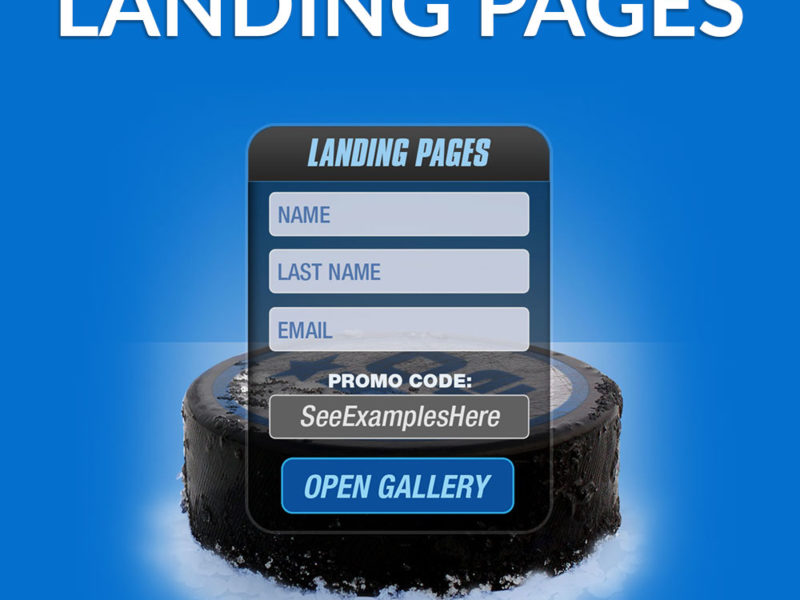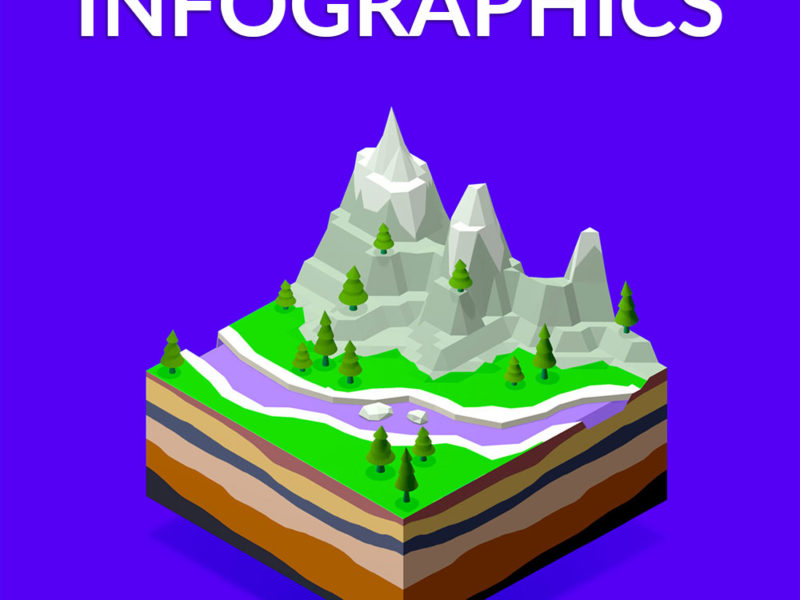INTERACTIVE
PRESENTATIONS
CD’s then DVD’s are a thing of the past mostly. Only their grandson, the Blu-ray still survives, although it’s slowly becoming obsolete as well.
But let’s go back in time 18 years, to the year 2000, before we moved on to cloud storage, HD and even 4K streaming video, solid state storage devices, etc. The way we quick-accessed extra information, especially on a personal computer, was with optical laser discs (external hard disks were not an option and USB flash drives were measured in a handful of megabytes). From documents to music to video. And other things like Interactive Media.
It became a thing to have cabinets, drawers, boxes, and our working space, littered with jewel boxes containing disks.
And within that last type of genre, there where things like Multimedia Applications. Today, there is still that kind of interactivity, but most of it occurs through games and online apps. Although I don’t see a lot of interactive 3D with marketing purposes anymore.
There where several “booms” (periods of time when it became the next big thing) of this approach to viewing and interacting with objects over the span of a couple of decades, from mobile devices to cars and even houses (as you can see in my demo video). A way to put things “in the hands of the users” so to speak.
Of course, today that has gone a lot further, but is still a very small niche of the market (due to price and I think just fear of the unknown which have not allowed for it to go completely mainstream), in the form of Virtual Reality (in the shape of virtual reality glasses/goggles/headsets like the Oculus Rift.
And that kind of interactivity (if the headset comes with some kind of handheld controller (s), is a big step forward from those old interactive 3d platforms.
NOTE: The term “Virtual Reality” was coined in early 2000’s for immersive -but on-screen- navigation of worlds, which became standard later in 3d world navigation experiences and is just how most games are now (specially free world navigation games and RPG’s). Some of the earliest iterations where games like WOW (World of Warcraft). The book “Ready Player One” in fact, is what some of those early applications wanted to be, you purchased things for your “Avatar”, you owned property, you could pay for marketing within the world, etc. Look into “Second Life” for more information.
But getting back to specifically Multimedia Applications, the purpose for those was, to provide information to a user, through a media-rich environment, fully interactive, and preferably immersive in some way.
For instance (and all of my work in this field occurred from 2001 to 2003 while I was a small business owner and we offered these solutions to some of our customers), one of the projects I worked on was for a Real Estate company. They wanted to sell their properties before even having built a model house to take on tours potential buyers. This is a lot more common now since virtual tours are now a standard in the industry. With so many tools available. And people can access them online, without even the participation of a salesperson.
But back in the early 2000’s, the most realtors or architects could have access to, where basic renderings turned into QuickTime videos, and those most of the time had to be shown on site, to be able to explain what a person was seeing.
What we offered our Client, was packaging a Multimedia Application/Presentation in a mini-CD (those where the same as a CD, but with less diameter, they would fit in the indented smaller circle of a CD/DVD tray), because a mini-CD would be a lot easier to have in a Sales Person pocket and could be handed out in a sleeve that would also work as a business card. Or the actual cd could be cut in a rectangular shape and BE a business card!

But that wasn’t, of course, the best part. It was the actual Multimedia Application. In this Realtor’s case, what I did was first take their CD files and convert them into interactive 3D’s. Working with a great application called Cult3D from a company called Cycore Systems in Uppsala, Sweeden, a technology which sadly died out shortly after but the company still works producing plugins for software packages like Adobe Aftereffects (like CYCORE FX). Using that application, I could add interactive functionality to the model of the houses. And add things like being able to rotate them on their axis in any direction, zoom in and out, and more impressive things like removing roofs, changing colors of it’s parts, switching decor, etc.
Cult3D also offered a virtual reality navigation, which allowed me to have the user navigate within the house as if he/she were in it. All of this, like I said, is something that is a lot more possible today through many different venues, but back then, it was almost unheard of. Revolutionary if you will. Unless of course, it was a whole production involving model creators, programmers etc, a massive enterprise just like producing a 3D game, and not something more commercially viable, like an Interactive Presentation you could sell as a project, within a short ETA (a couple of weeks at most) to a potential Client.
If you ever want to experience something similar to what Cult3D was used for, visit Sketchfab.com.
All of these Multimedia Applications I put together using Macromedia Director. One of the apps that didn’t survive the Adobe take-over of Macromedia.
Funny how life is sometimes: Macromedia originally filed suit against Adobe for copying their software interfaces in their own products, and a few years later, the software giant simply bought them over.
Sadly Director was one of the apps that didn’t survive the fusion, others took a little longer to die (Fireworks, Freehand and of course Flash – but that was for another reason) and maybe survived only as small pieces absorbed into the Adobe legacy products. Similar to the take previous take-over by Adobe of Aldus, which is to be credited for instance, for the best-known legacy filters in Photoshop (Aldus Photostyler) and Aldus Pagemaker, which survived later turned into the current InDesign.
With Director, you also did some programming, in a language similar to Action Script. Unlike Flash and Action Script, which I left on the sidelines after version 4.0, with Director I did get a little more into basic programming, and was able to do, albeit rather linear, interactive functionality. And I happily found out, I could include the Cycore Cult3D plugin and run it within the generated Multimedia Application!
Of course, Director had the proprietary Shockwave extension, but I never learned how to work with that.
In the end, the results where rather impressive, much beefier than anything I had done with flash, which even though was capable of generating Win32 *.exe files to run in the OS’ sandbox, it was always meant for online use, so it didn’t handle video the same as Director did.
I could even generate multi-OS versions, so the Multimedia App/CD could run both on Win and Mac.
*Btw, even the video I posted on youtube (2014) is dated now hehe, notice the aspect ratio is the old one as well.
Things change, evolve, and either you adapt or you also become obsolete. And one thing I do love, is learning new cool things to do! Ways to feed my creativity and ideas.
What do I see in my future for something like this type of projects?
Well, for one thing, I would love to be able to work on a Virtual Reality project to use with VR Headsets!
I have always loved the idea of immersing users in an image, be it with anaglyphs (the first one I did was back in the late 1980’s, on paper and with red and blue pencils!), phantograms (similar to anaglyphs but in perspective), anamorphic 3d (like the 3d sidewalk paintings), interactive 3d, etc.
I’m always looking for the next big project, that can also teach me something significant, or even better, something I always wanted to learn how to do.
P.S. If you ever wonder HOW MUCH you can charge for a FREELANCE project like this, make sure you check out my “Project Budget Calculator“, it might give you at least, a reference as to how to best calculate the value of your work.









